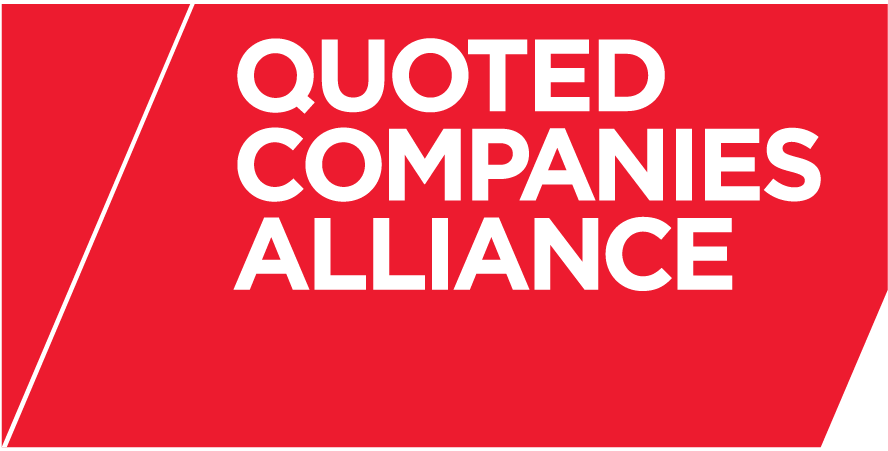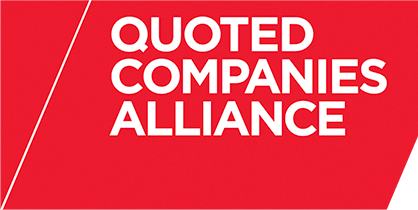Over the past ten years London’s Alternative Investment Market (AIM) has established itself as one of the investment world’s preeminent homes for fast growing businesses – a fact that owes much to the favourable tax regime afforded to it. The rules relating to capital gains tax (CGT) have been particularly important. CGT – which obliges investors to pay tax on the profits made when they sell an asset – has been around since the 1960s. But, in 1998, the then fledgling Labour Government introduced taper relief, which added a new dimension to the equation. Essentially, it meant that, providing an investor had held an asset for a particular period of time, a significant portion of the profit made on disposal would be exempt from taxation.
Before the changes in April 2008, taper relief existed in two forms. Business asset taper relief accrued after two years and related to assets such as an individual’s trading business and shares in ‘qualifying companies’. Non-business asset taper relief, meanwhile, only fully accrued after ten years and applied to all other assets. The differences between these were marked. The former meant that when investors sold their holdings (after at least two years) 75% of the profit was tax exempt and the remaining 25% was taxed at a standard rate (i.e. 40% for higher rate tax payers). In effect this equalled a ten per cent CGT rate. Non-business asset tax relief allowed only 40% of the gain to be tapered, so the best CGT rate achievable was 24% (40% of 60%).
As the most high-profile group of ‘qualifying companies’, trading businesses listed on AIM were major beneficiaries of this system. Broadly, to be a qualifying company, a company had to be a trading company and satisfy one or more of three conditions: (i) be unlisted – and AIM shares were treated as unlisted for this purpose; (ii) a company in which the shareholder was an employee or officer; (iii) a company in which the individual held at least 5% of the voting rights. As AIM firms were treated as unlisted for business asset taper relief, it was a simple deal: invest in these companies – which tend to be younger, faster growing and riskier investments than their main market rivals – and benefit from an effective CGT rate of only 10% after two years.
Out with the old, in with the new
Since 6 April things have changed. Taper relief has been scrapped and in its place a flat CGT rate of 18% has been introduced. The benefit, according to the Government, is that a flat rate represents a simpler system. However, it causes substantial problems for AIM businesses (and other ‘qualifying companies’) because those who choose to back them will see their tax bills rise. In effect the change removes one of the main incentives for backing the small, entrepreneurial trading businesses that represent the engine room of the UK economy.
In the wake of intense lobbying that followed the announcement of these changes, the Government moved to introduce the new entrepreneurs’ relief for trading businesses. This has been billed as a way of maintaining the entrepreneurial culture and means that individuals can continue to benefit from a 10% CGT rate on disposal. But the catch is that there is a lifetime limit of £1 million per individual and you must be an employee/officer of the company with at least 5% of the voting rights. Beyond that you revert to the flat rate of 18%, so if you (as an investor or entrepreneur) have the temerity to try and build up a second trading business and make another £1 million, your allowance will have already been used up.
The impact on AIM
What these changes will mean for AIM remains to be seen. Historically there have been three main reasons for companies to list on the market. First and foremost, London has acquired a reputation for being a very transparent financial centre. Secondly, AIM companies benefit from a lighter regulatory touch than they would on London’s main markets or on rival stock exchanges elsewhere. And finally people have tended to choose AIM because they can raise money relatively easily as it is a live market.
The first two of these incentives haven’t changed. London continues to enjoy a good reputation and the lighter reporting and regulatory burdens that apply to AIM members will continue to appeal to young, rapidly growing companies. Yet the abolition of taper relief could have a profound effect. On the one hand the risk/reward profile of backing fast growing businesses remains high and AIM investments also continue to be exempt for inheritance tax purposes. But if people are going to be taxed more heavily on the capital they invest in AIM companies then they may opt to direct their money elsewhere to less risky ventures, and that would damage the market's attractiveness as a place for IPOs. Companies already listed on AIM, meanwhile, might be forced to look elsewhere for additional funding (to the US, Europe or overseas private equity/sovereign wealth funds for example) and that could be bad news for the UK.
Given the recent challenges presented in the wake of the US sub-prime mortgage crisis, the big danger is that we'll end up choking activity at exactly the wrong time. After all, this is when we should be stimulating it. There has already been slowdown in terms of IPOs and we’re not seeing the volume or the values going to market that we were 12 to 18 months ago. Obviously sub-prime has been an important factor in this, but it will be interesting to see how things progress over the coming year. In fact, we may even see something of an AIM schism with the market’s younger, smaller members remaining behind to benefit from the lighter regulation and their larger, more established peers (those with a market valuation of say £100 million or more), moving up to the main markets to attract the attention of a wider pool of investors for whom the move to a flat rate CGT structure might represent less of an issue. They would however have to spend more time and resources on the higher compliance/regulatory burdens on the main markets.
What we might see more of, if companies look to leave AIM, is delisting from the markets altogether (ie, public to private transactions). Private equity and sovereign wealth funds still have an appetite for transactions and, as they can often be overseas based, the higher UK CGT rates might be less of a concern for them. But, is this healthy for the UK markets?
All is not lost however for AIM companies. They could seek to, for example, structure employee/director shareholdings to qualify for the entrepreneurs’ relief to help lock in key management. With planning and thought, opportunities can be optimised, e.g. shareholders could benefit from an 18% CGT rate on gains without having to hold shares for two years as with the old 10% requirement. Where there’s a will, there’s a way!
Vijay Thakrar was a partner at Ernst & Young LLP, when this article was published. He is now a partner at Deloitte LLP and Chairman of the QCA Tax Committee.

